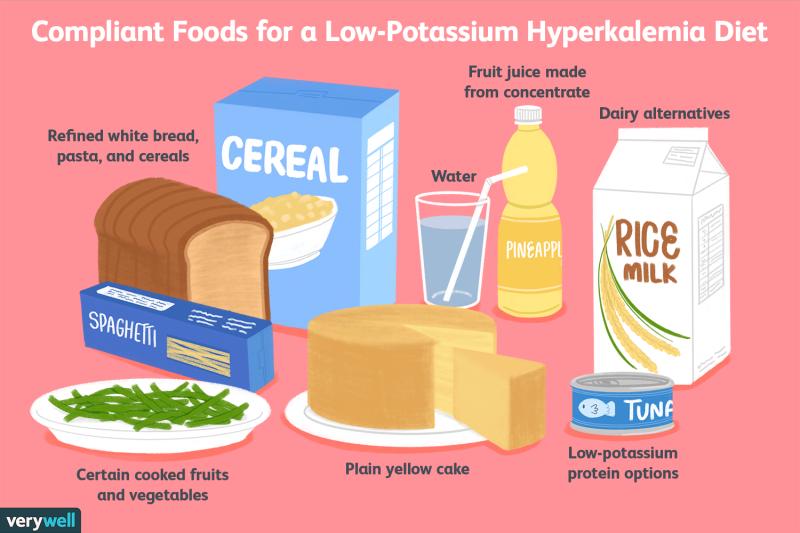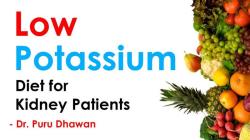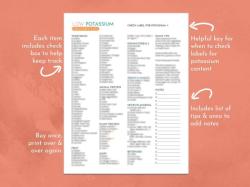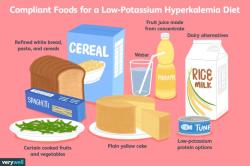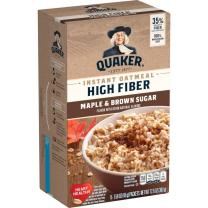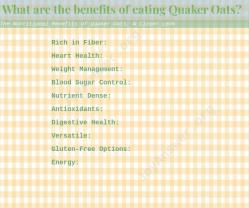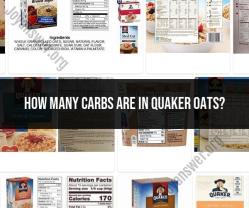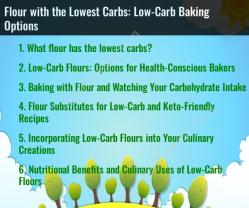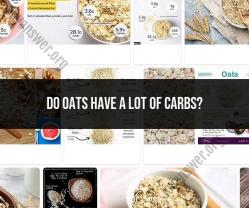How much potassium in a low potassium diet?
In a low-potassium diet, the recommended intake of potassium is typically restricted to around 2,000 to 3,000 milligrams (mg) per day. However, this amount can vary depending on individual health conditions and recommendations from a healthcare professional.
For reference, here are some general guidelines regarding the potassium content in certain foods:
High-Potassium Foods (≥200 mg per serving): Bananas, oranges, tomatoes, potatoes, sweet potatoes, spinach, avocados, beans, lentils, yogurt, fish, and certain nuts are high-potassium foods that are often limited in a low-potassium diet.
Moderate-Potassium Foods (50-200 mg per serving): Many fruits and vegetables fall into this category in smaller portions, like apples, berries, carrots, and green beans.
Low-Potassium Foods (<50 mg per serving): Foods such as white rice, pasta, most bread, and some cereals typically have lower potassium content and are safer options in a low-potassium diet.
Individuals with kidney disease or other health conditions often need to closely monitor their potassium intake as high potassium levels (hyperkalemia) can pose health risks, including heart rhythm disturbances.
It's essential for those on a low-potassium diet to work with a healthcare professional or a registered dietitian to create a meal plan that meets their nutritional needs while staying within the recommended potassium limits. This includes careful selection and portion control of foods to maintain a balanced diet while managing potassium intake effectively.
How much potassium is allowed in a low-potassium diet?
The recommended daily intake of potassium for healthy adults is 4,700 milligrams (mg). However, people with certain medical conditions, such as chronic kidney disease (CKD), may need to follow a low-potassium diet to reduce their potassium intake. The specific potassium restriction on a low-potassium diet will depend on the severity of the person's condition and their individual needs.
For people with CKD, the recommended daily intake of potassium is typically between 2,000 and 3,000 mg. However, some people with more severe CKD may need to restrict their potassium intake to as low as 1,500 mg per day.
What are the recommended potassium intake levels for a low-potassium diet?
The recommended potassium intake levels for a low-potassium diet vary depending on the individual's condition and needs. However, here are some general guidelines:
Moderate kidney disease: 2,000-3,000 mg per day
Severe kidney disease: 1,500-2,000 mg per day
End-stage renal disease (ESRD): 1,500 mg per day or less
It is important to note that these are just general guidelines, and the specific potassium restriction for each individual should be determined by a doctor or registered dietitian.
Are there guidelines or restrictions regarding potassium intake in low-potassium diets?
Yes, there are several guidelines and restrictions regarding potassium intake in low-potassium diets. These guidelines are designed to help people with CKD and other medical conditions manage their potassium levels and avoid complications.
Here are some general guidelines for following a low-potassium diet:
Limit potassium-rich foods: Avoid or limit foods that are high in potassium, such as fruits, vegetables, beans, nuts, and dairy products.
Choose low-potassium alternatives: When choosing foods from these categories, opt for low-potassium options. For instance, choose apples over bananas, spinach over kale, and white beans over kidney beans.
Read food labels carefully: Check the potassium content of all packaged foods and choose those with lower potassium levels.
Use potassium binders: Potassium binders are medications that help to bind potassium in the digestive tract and prevent it from being absorbed into the bloodstream. They may be prescribed by a doctor to help control potassium levels.
Monitor potassium levels: People on a low-potassium diet should have their potassium levels monitored regularly by their doctor. This will help to ensure that they are staying within the recommended limits and to identify any potential problems early on.
It is important to follow the guidelines and restrictions regarding potassium intake in low-potassium diets carefully. Too much potassium can lead to serious health complications, such as hyperkalemia, which can be fatal.
